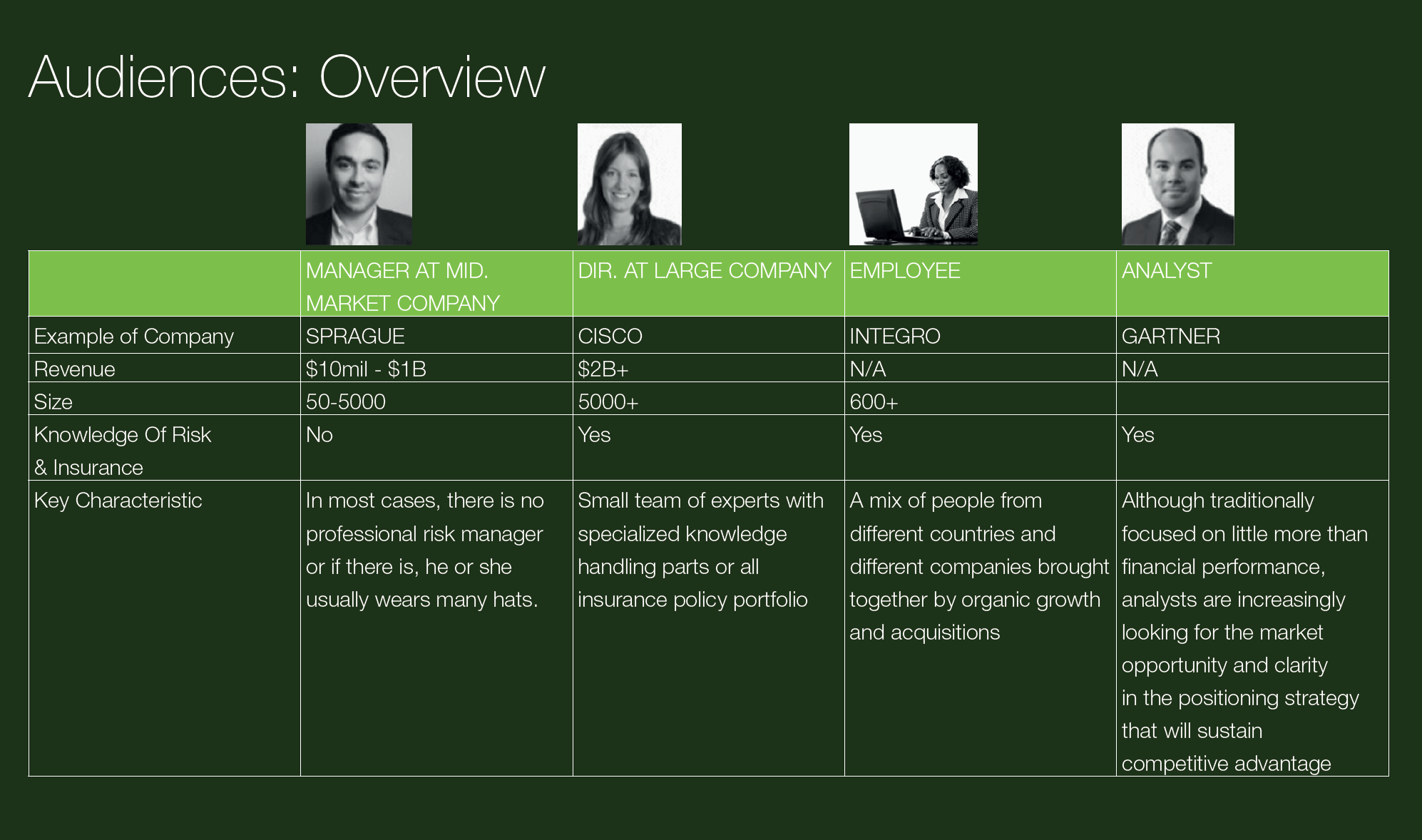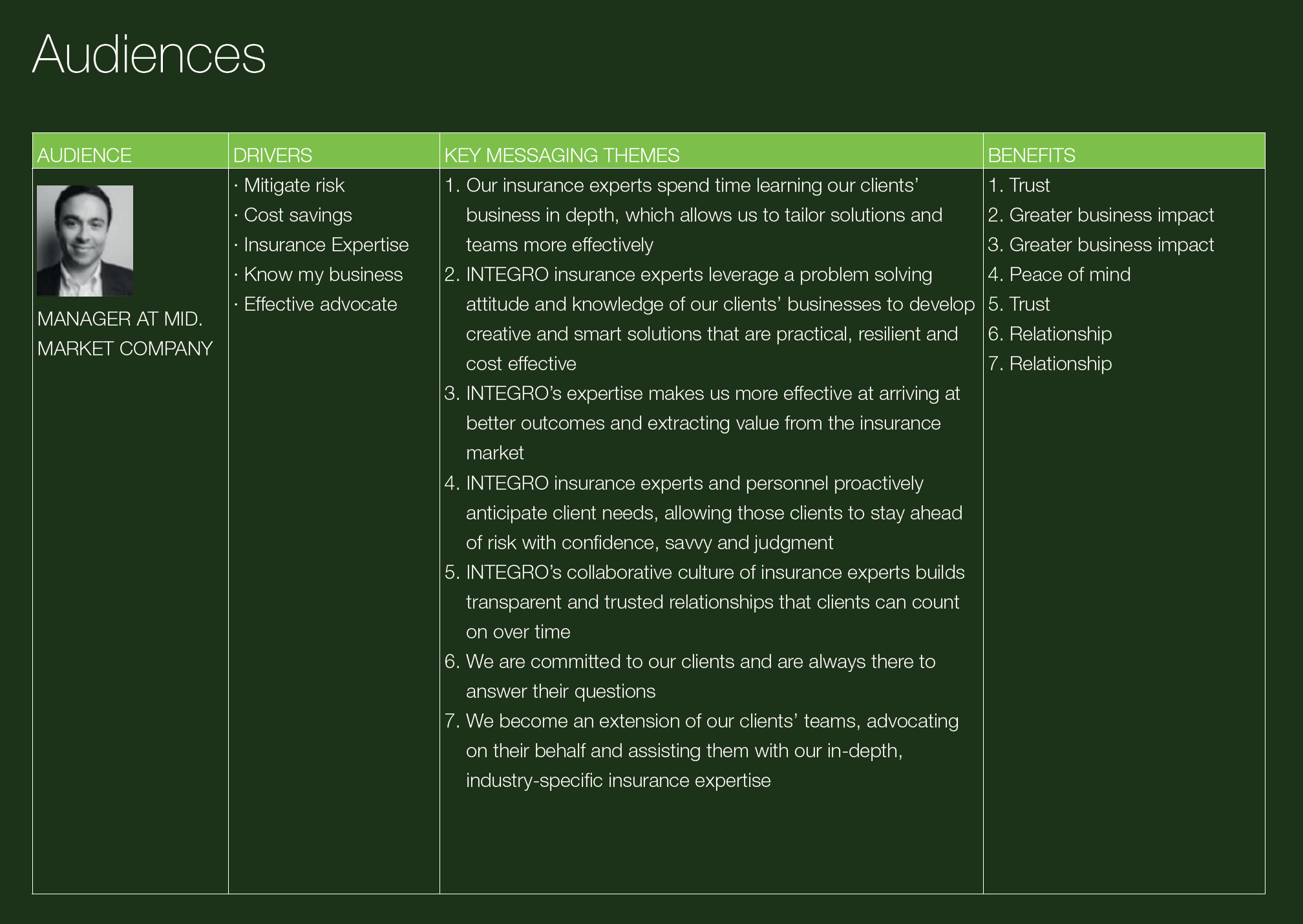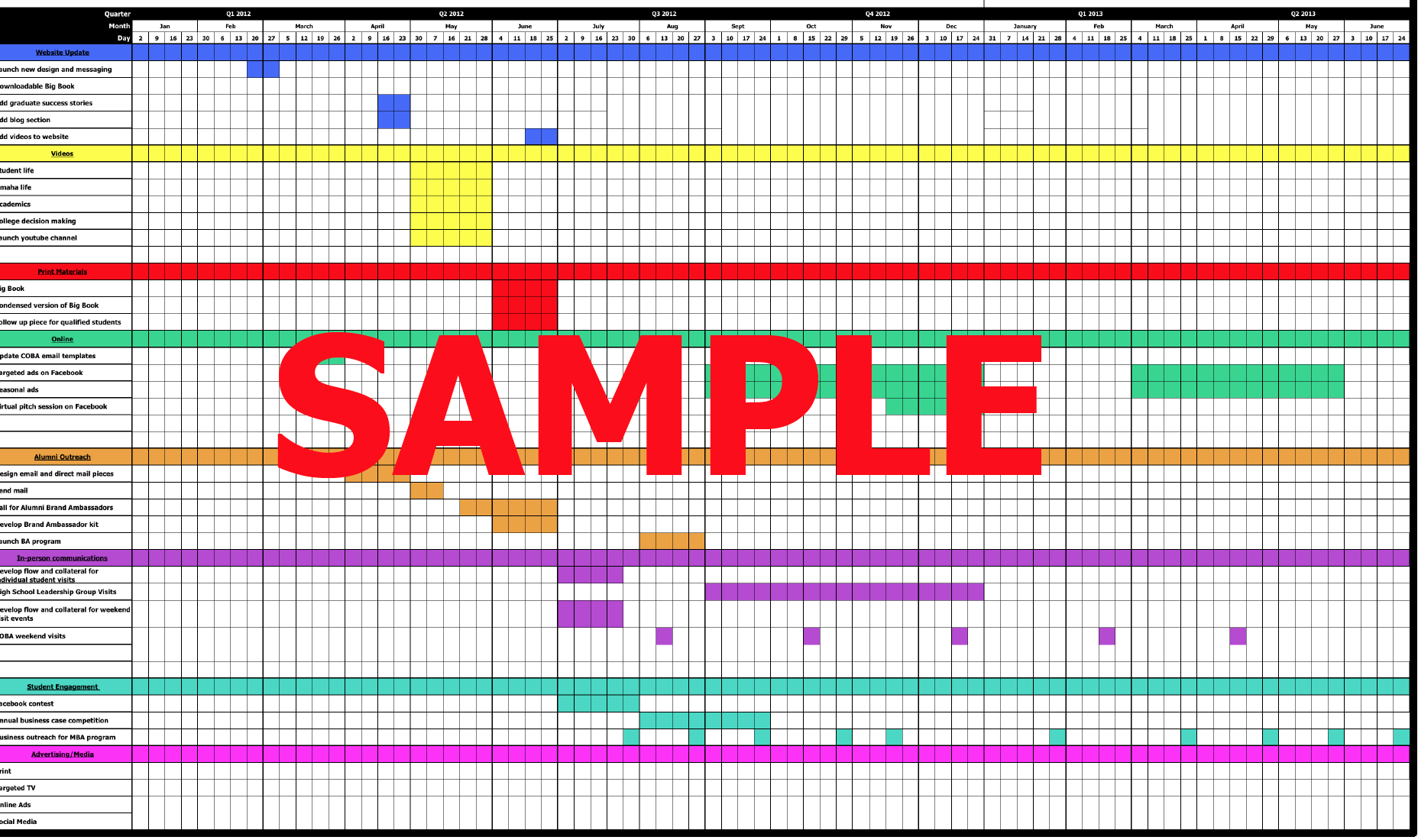03/20/19
Business Plan Basics: Creating a Go To Market Plan
If you’re putting together a business plan it won’t take long before you need a go to market plan or GTM. A go to market strategy is an integrated plan for how you will bring your idea, product or service to market.
Essentially, it’s the detailed roadmap that spells out:
- Target audience
- Marketing plan
- Sales strategy
While go to market templates exist and can be helpful for getting you started, there’s a lot of brainpower, and research, that goes into making an effective go to market plan.
If you want to do more with your go to market plan than check an item off your business plan to-do list, read OBI Creative’s proven step-by-step process for making go to market plans that work.
Research: The Foundation of Every Successful Business Plan
Before we dive into the critical elements of a good go to market plan and how to make yours, let’s review the role that market research plays in making any marketing effort successful.
We’ve written a lot about research on our site and for good reason. We are a research-first full-service advertising agency. The very first activity we engage in for any business that comes to us for marketing assistance is research.
Our approach to marketing is straightforward and successful.
We conduct research and from that research, develop a strategic marketing platform, including a go to market strategy that directs the advertising campaigns we propose. The result of this proven approach is, well, results!
By putting research first, we’ve achieved incredible results for businesses that include:
- 11.4% increase in financial donations for a nonprofit organization
- $626K in sales for a national tech solutions provider
- Buy-in and excitement for a national insurance company
Whatever specific goals your business plan calls for, laying a foundation of research beneath them will increase your opportunity for success.
Market Research Wrap Up
Read more about why market research matters and other related topics in these other marketing posts from the OBI Creative blog:
Market Research from Mary Ann O’Brien’s Perspective
“The secret to more sales has never been in knowing how to better hawk your products and services,” says our fearless founder. “It’s in understanding what makes your customers tick and what ticks them off, which is in essence, customer research.”
The Secret of Getting More ROI From Your Marketing Spend
The tool you need to attract more customers is already in your hands — market research. See why it’s the key to marketing success.
The New Rules of Brand Marketing
Brand identity is experienced in four dimensions today. See if you’re making your brand visible in all of them.
Customer Personas
Discover what customer personas are and how they fit into the customer journey.
Customer Journey and Inbound Marketing
Explore the meaning behind two buzz words you don’t want to ignore.
With that proper foundation laid, we’re ready to dive into what a go to market strategy is and how it fits into your overall business plan.
What is a Go to Market Plan?
Hubspot provides an excellent definition of a go to market plan:
“A go-to-market (GTM) strategy is the way in which a company brings a product to market. It generally includes a business plan outlining the target audience, marketing plan, and sales strategy. Each product and market are different, therefore each GTM strategy should be thoroughly thought out; mapping a market problem and solution a product offers.”
In short, a go to market plan answers the what, why, how, when and where for the launch of a product or service.
Asking simple questions can help you fill out these five elements:
“What Questions” to Ask
- What is your product comprised of?
- What problem(s) does it solve?
- What is your value proposition?
- What does success look like?
“Why Questions” to Ask
- Why are you building this product or service?
- What market needs does it meet?
- Why does it matter?
“How Questions” to Ask
- How do people use your product or service today?
- How will your product or service interact with other users and elements?
- How does your product or service help people now?
“When Questions” to Ask
- When should you launch?
- When should you test?
- When do legal agreements need to be signed?
- When do internal teams need to be trained on how to use, market, support, service and sell this product or service?
“Where Questions” to Ask
- Where will your product or service need to be hosted?
- Where should it be launched?
- Where can partners or vendors access your product or service?
Keep in mind as you prepare your go to market plan that there is no one size fits all document. Your plan and strategy should be tailored to your ideal audiences and value propositions.
How to Create a Go to Market Plan
The first step in making a go to market plan is to define who you are marketing to. Customer personas are an excellent way to do this.
Customer personas are snapshots of the types of people most likely to need or want your product or service. Make a list of all the decision makers involved in the purchase or consideration of your product. These people will become your ideal audiences and will be who you market to and communicate with.
Figure out their pain points, motivations, goals, interests and occupations.
Sales personnel can be a great resource for gathering this information on your ideal audiences. If you don’t have that data, national or regional research on your ideal audiences can help you gather this information.
When you’re done, boil that data down into a one-page story about each persona. These will guide your content creation and marketing tactics.
Meet one of our customer personas, Cindy.
After creating your personas, make a value matrix that draws lines between your customers’ problems and your company’s solutions to them.
Tie the marketing messages you crafted during the brand identity process to specific problem and solution sets.
You can do this as a chart with customer persona columns and messages, solutions and pain points in the rows for each column.


How to Use Your Go to Market Plan
Once you have your audiences defined and messages mapped to them, you’re ready to fill out the portion of your go to market plan that shows how, where and when you will reach your target audiences.

Depending on how you are wired, this multi-colored chart will either look like a thing of beauty to you or something you want to run away from.
While this part of your go to market strategy can feel overwhelming, it encapsulates your marketing activity including to whom, on what channels and when you will be active in one handy spot.
Elements your go to market template should address include the following:
- Possible paid digital ad channels like LinkedIn, Facebook and Twitter
- Earned media opportunities – what media sources will you seek to form relationships with so that your brand can earn mentions in stories related to your products and services?
- Social channels – similar to what is listed under the paid portion, these are the social networks like Facebook, Instagram, Twitter and more where you will post your own content to connect and engage your ideal audiences. Let your research about where they are active (and not solely what your competitors are doing) guide your social media efforts.
- Owned content – this can be your blog, company website, white papers and more.
The aspects above represent an acronym, PESO, which is a model for conducting an integrated marketing plan that we have discussed at length on the blog. Here are a few resources for exploring the PESO model:
An Introduction to the PESO Model
We interviewed the creator of the model, Gini Dietrich, to discuss how the PESO model helps brand owners conduct successful integrated campaigns.
How to Create Strategic Campaigns That Convert
We examine how the PESO model can help you craft successful campaigns.
Using Your Go to Market Plan to Better Understand Your Buyer’s Journey
With your go to market plan filled out, you aren’t done. Avoid the trap of putting your go to market strategy on a shelf and leaving it there to collect dust.
Your go to market plan is a living, breathing document.
Once you’ve set it in motion, track your progress and record your results. As trends emerge, look at your go to market plan and consider what adjustments you can make to improve it.
Ask what you’re learning about your customers and the journey they take as they move from stranger to prospect to customer to advocate for your brand.
Go to Market Plans — Wrapping it Up
While much more could be said about creating your go to market plan, we’ve covered the basics and more already here.
Take the next step and start filling out your go to market plan. If you get stuck and find you want help seeing your business plan through to success, call the pros at OBI Creative.
Our talented team is here to help with research, strategy and creative execution capabilities. Whether you need to form your business plan or execute a portion of it, we’d love to help you connect with your ideal audiences and grow your business.



